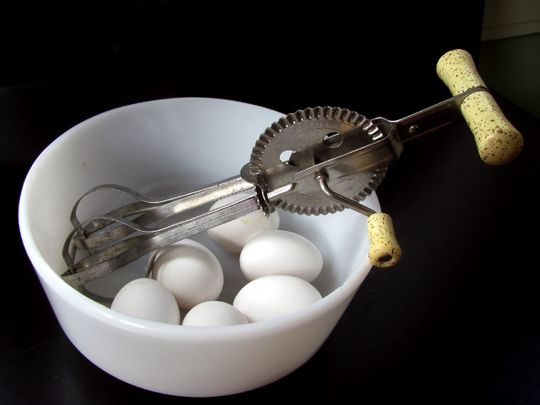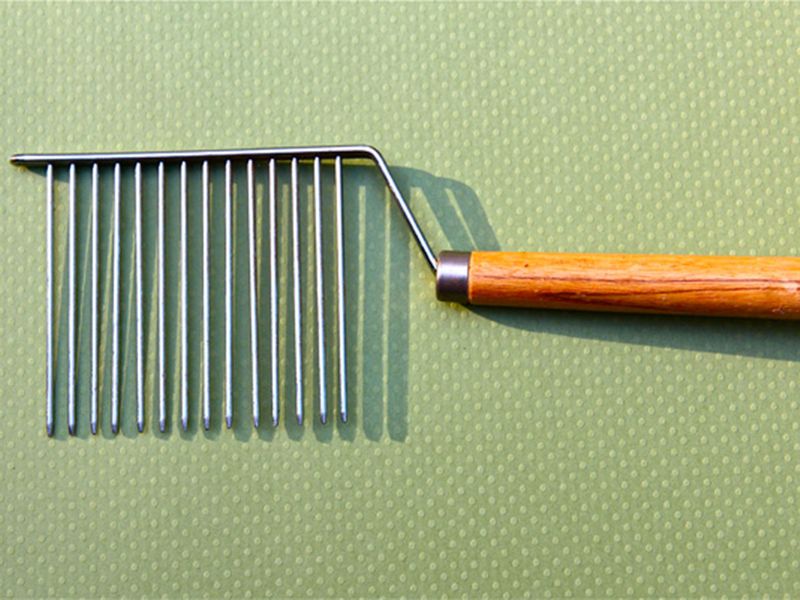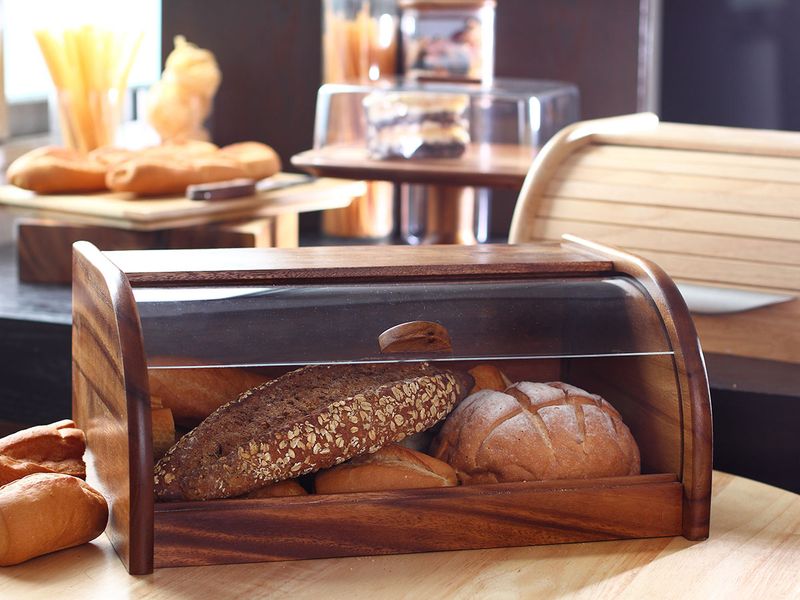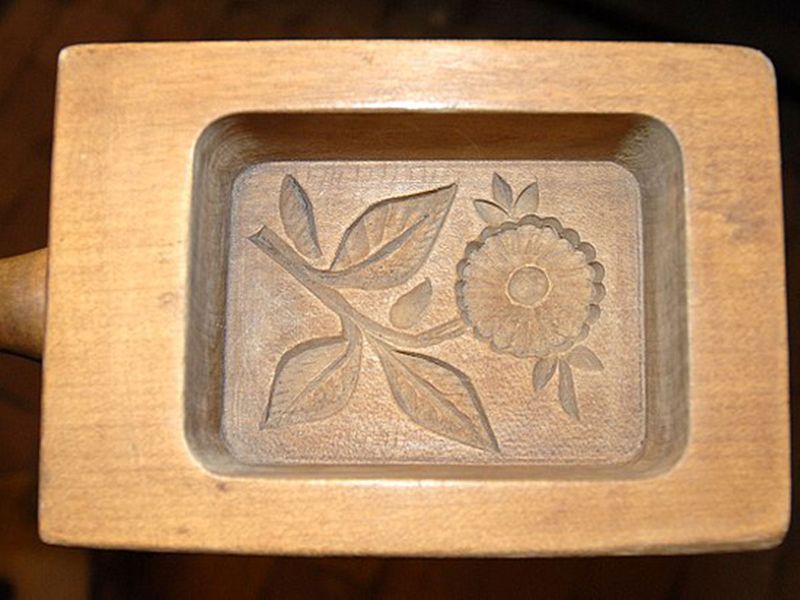
Cooking and baking has changed so much over the years that chances are, your grandmother’s kitchen had tools and utensils you probably wouldn’t recognise today, or know what to do with.
Click start to play today’s Word Search, and spot all the kitchen utensils. Don’t forget to check out Gulf News’ Food section for recipes, guides and more.
Here are five kitchen items that would now be considered vintage, but were once popular, handy tools for creating delicious meals and confections:
Cookie cutters

The ancient Egyptians were the first to shape and bake little cakes, often sweetened with honey or spices. The practice spread to Greece and Rome, and from there, to the rest of Europe. By 1500, in Germany, wood carvers in the Black Forest thought of creating elaborate sweet-cake or cookie moulds from wood, in the shape of men, women, and animals, with little embellishments and intricate designs. Then, the Germans decided it would be more efficient to insert copper or tin outlines (and then just make moulds completely out of metal) to cut out a smooth, precise cookie. By the end of the 19th century, aluminium cookie cutters were mass produced in the US and the around the world, with a variety of shapes and sizes to delight children everywhere. The cylindrical syringe-like gadget just required you to spoon in the dough and pump out the design you preferred.
Cake breaker

It’s not as violent as it sounds. Also called angel food cake knife, this comb-like instrument had long tines instead of a blade, and was used for serving delicate, light cakes that were leavened by whipped egg whites. The tool actually allowed you to cut slices of the dessert without crushing or compressing the cake – something that tends to happen with classically shaped knives.
Bread box

Bread boxes, often in various colours and with ornamental designs, were once a standard in the kitchen, and after a long disappearance, they have recently started making a comeback. Unlike other storage methods, the bread box helps bread retain its original crispy exterior, moist crumb and incomparable chew. It traps moisture from the bread inside the container, but is also breathable, and allows some of the moisture to escape, preventing it from softening the exterior portion of the bread. These reliable storage boxes are known to maintain the perfect environment and humidity for all types of bread.
Butter moulds

In the 18th and 19th centuries, dairy farmers used prints and moulds to decorate the butter they churned every day. The moulds were usually carved wooden pieces, and farmers proudly used it to place their trademark design on butter before selling it at local markets. During the Renaissance, the moulds found their way into people’s homes and dairy-based centrepieces became a popular mainstay in the 19th century.
Hand mixers
Before egg beaters went electric, every home had a hand mixer (pictured above) that required you to rotate a knob on a wheel that got the whisks moving. Known as Dover egg beaters, they came into the American market in 1859 and spread around the world. These devices stayed popular all the way until an electric hand mixer was finally invented in 1922.
Which of these vintage kitchen tools have you seen or used? Play today’s Word Search and let us know at games@gulfnews.com.




